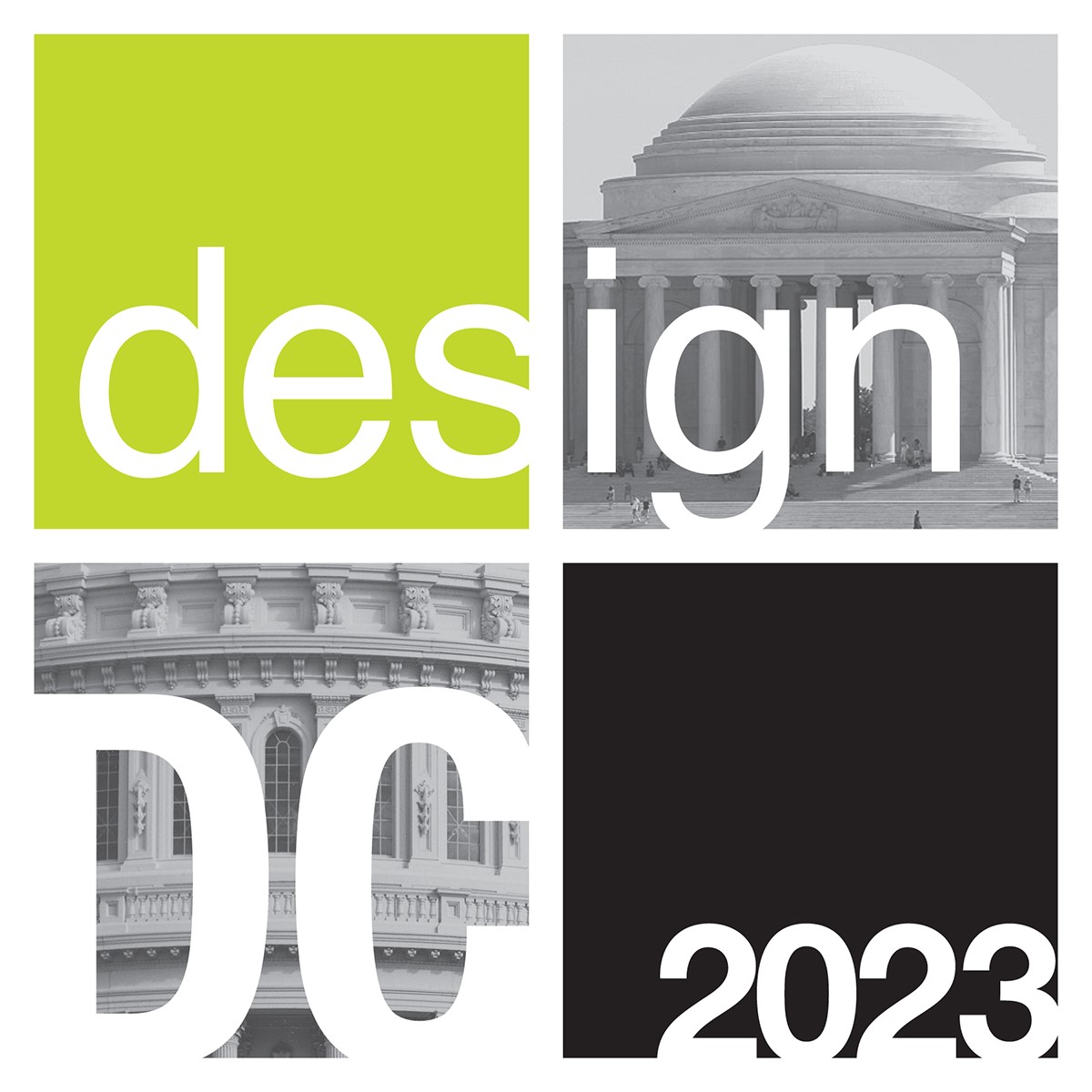-
Date
Wednesday, May 03 2023-Thursday, May 04 2023
-
Time
Multi-day event.
-
Location
Missed DesignDC: The New Historic Preservation? Catch up with on-demand courses!
“Preservation and progress aren’t just compatible, but integral to building stronger communities”
--National Trust for Historic Preservation
As the city and surrounding communities continue to reevaluate the use of and access to space in the built environment, architects and designers are at the forefront of fostering dynamic, equitable places where we live, work, and connect.
DesignDC’s Spring conference will focus on how architects work in historic buildings and neighborhoods in a way that promotes economic and social welfare for all residents, all with an eye on sustainability and resilience.
DesignDC is a hybrid experience for our members and design professionals throughout the region. Over two days of content, we will host a featured keynote speaker and a reception, followed by a day of virtual education with industry experts.
Schedule:
Day One - In Person
5:30 – 6:00 pm: Welcome Reception
6:00 – 7:00 pm: Keynote Presentation
7:00 – 8:00 pm: Cocktail Reception & Networking
Day Two - Virtual
8:45 am: Opening Remarks by AIA|DC Executive Director Mary Fitch
9:00 – 10:00 am: Designing for Equitable Communities
10:15 – 11:15 am: Changing Neighborhoods with Historic Preservation
11:30 am – 12:30 pm: Past, Present, Future of Langston Terrace: A Dialogue and Vision for the Preservation and Evolution of a Groundbreaking Public Housing Community
1:00 – 2:00 pm: Windows Solutions for Historic Buildings — Presented by Pella Mid-Atlantic
2:15 – 3:15 pm: High Performance, Resilient Construction & Retrofits in Historic Buildings & Districts
3:30 – 4:30 pm: Connecting to the Community
Keynote Speaker:
Nakita Reed, AIA, CPHC, LEED AP BD+C, NOMA
Associate, Quinn Evans

Nakita Reed, AIA, is a true leader at the innovative intersection of historic preservation, sustainability, diversity, and community equity. Through her many volunteer contributions and mentoring initiatives, she has helped dismantle silos between those important topics while demonstrating their deep connections to race and gender. Her work has been critical in encouraging her peers to make a difference in the communities they serve.
“As one of the few licensed Black female architects in the country who is a trained historic preservationist, Nakita is a vocal proponent of sharing knowledge and paving a path for young women of color in the design profession,” wrote Saundra Little, FAIA, in a letter supporting Reed’s nomination for the Young Architects Award. “Her leadership around JEDI [Justice, Equity, Diversity, and Inclusion] items within the office has helped shape the way Quinn Evans discusses and engages with these issues both internally and externally.”
Reed is eager to share her wealth of knowledge and regularly does so through emerging media, particularly podcasts. She has been interviewed and featured on nearly 15 podcast episodes throughout her young career, discussing preservation and sustainability in a way that is accessible to the general public. In 2020, as social justice became a prominent topic throughout the U.S., Reed launched her own podcast, Tangible Remnants, to explore the connections between architecture, preservation, sustainability, and race and gender. The title acknowledges the power the built environment has to tell the story of our ancestors. Reed centers her interviews on women and people of color, voices that are often missing from mainstream conversations about the built environment.
Throughout her career, Reed has served on a wide array of professional boards, including the Baltimore Architecture Foundation, the National Trust for Historic Preservation’s Historically Black Colleges and University’s Cultural Heritage Stewardship Initiative Advisory Committee, and the Zero Net Carbon Collaboration for Existing and Historic Buildings. She is a vocal advocate to everyone she meets, whether they are fellow architects or preservationists, or homeowners or contractors. As a vital connector, her efforts have forged new relationships among design professionals and have equipped preservationists with a stronger understanding of the importance of sustainability.

